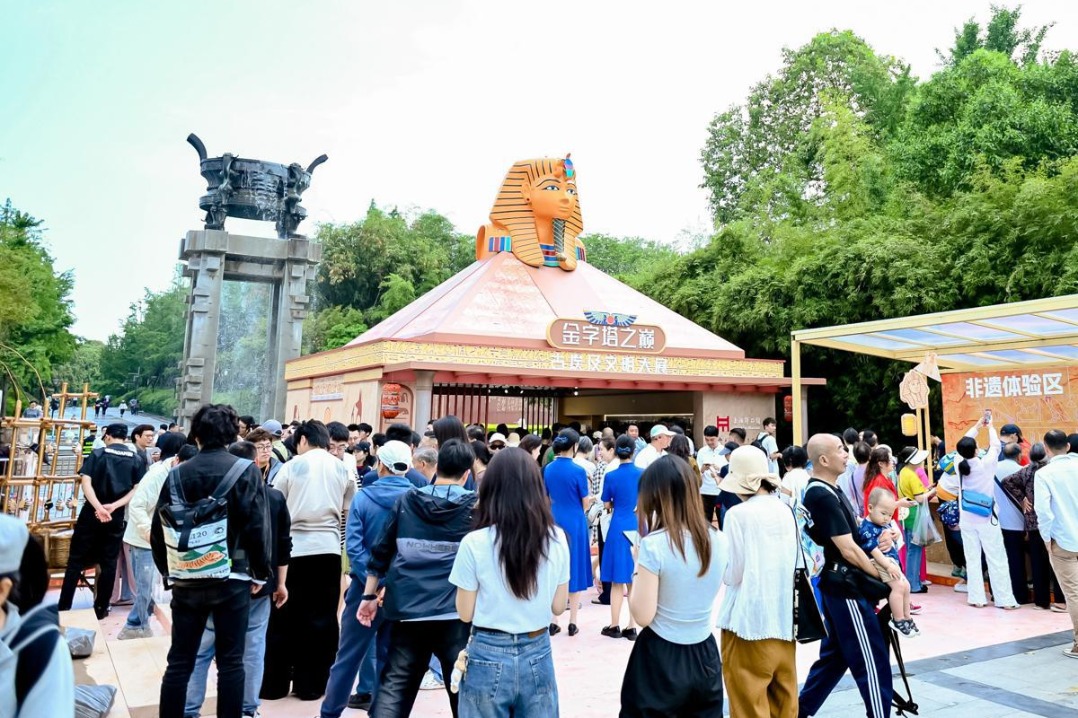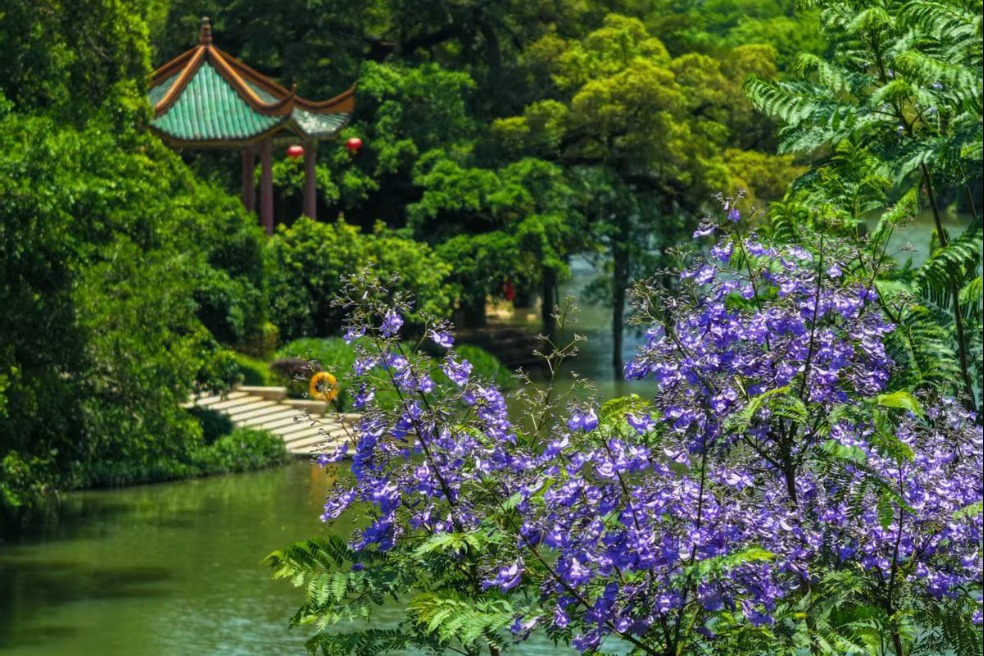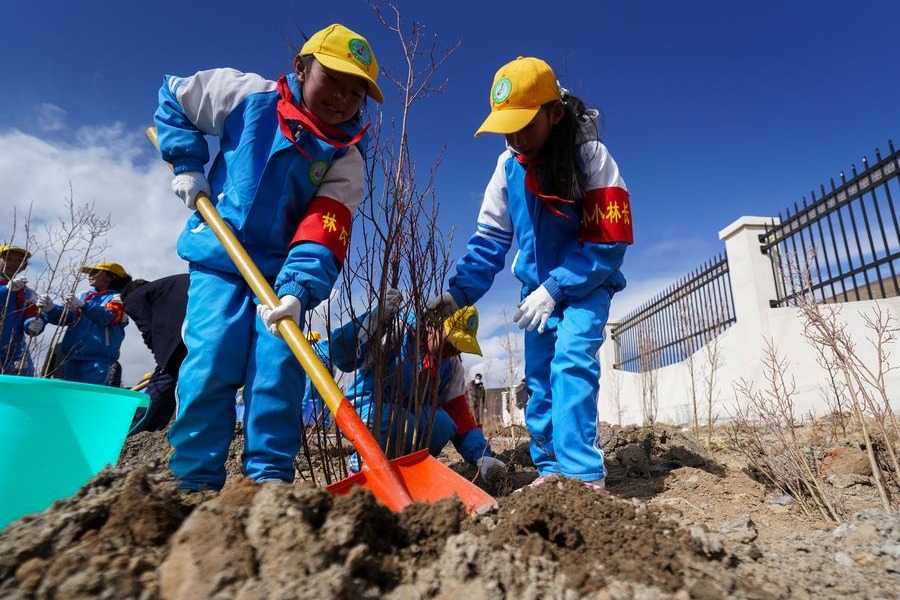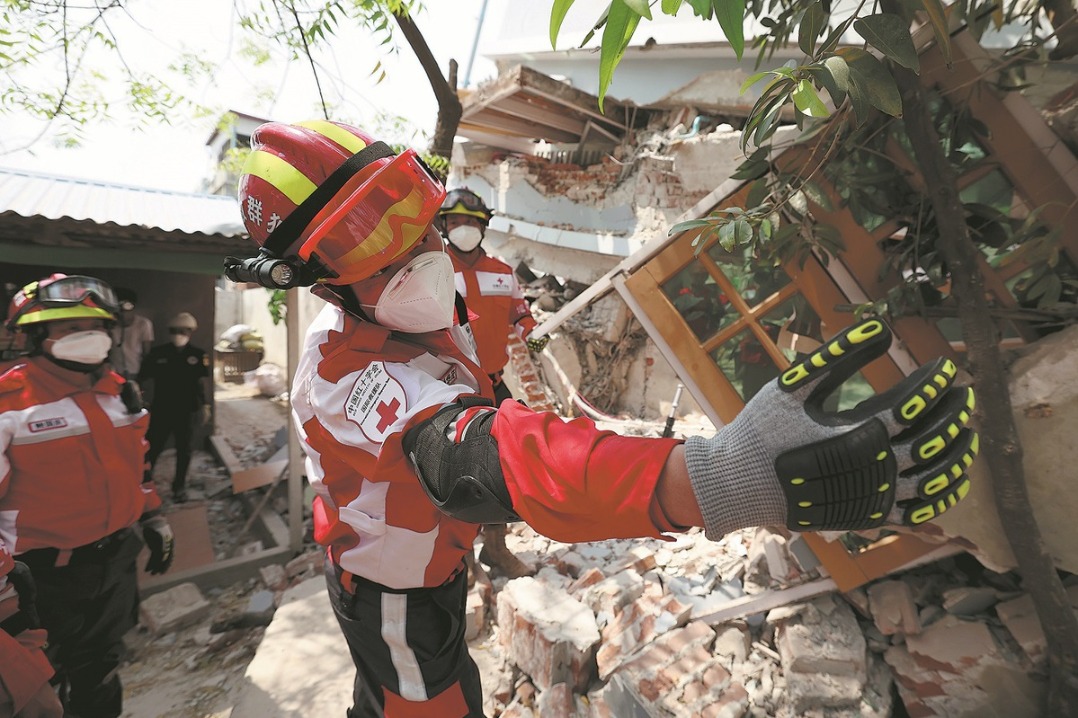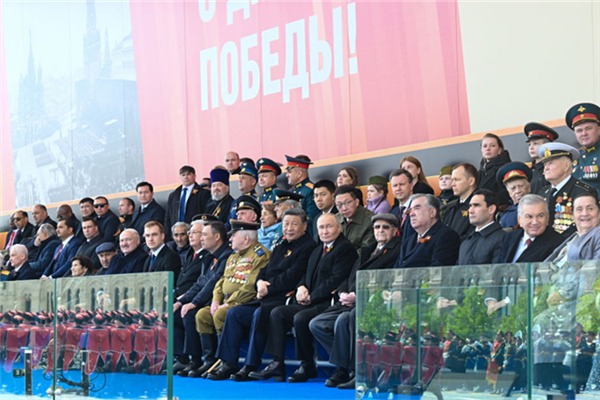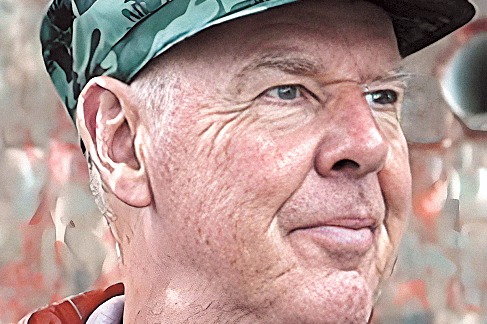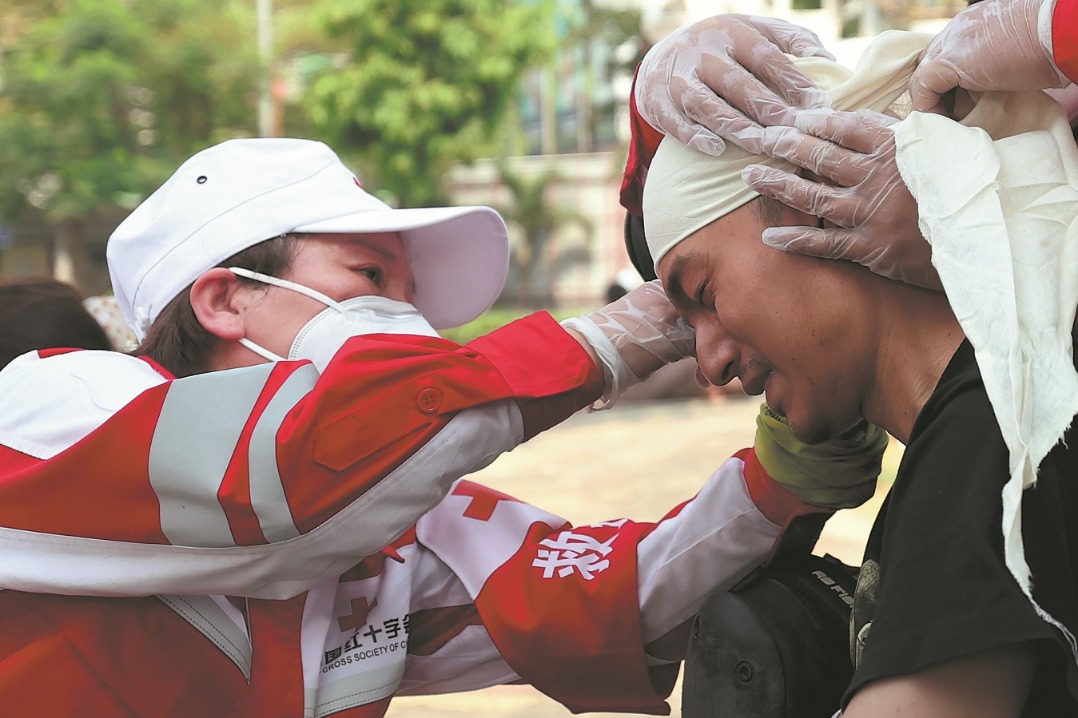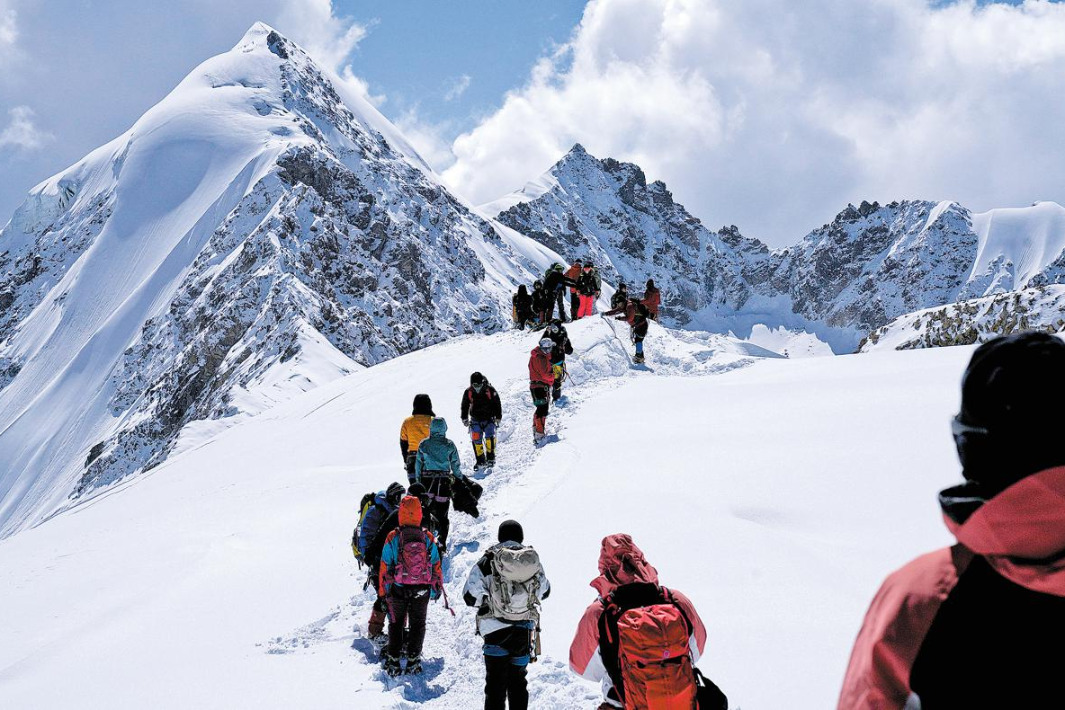Spacesuits keep astronauts safe


China's domestically developed spacesuits have ensured the safety of astronauts during their stay in the space station's core Tianhe module and while performing activities outside it.
They have both intravehicular spacesuits and extravehicular spacesuits, said Zhang Wanxin, director of the astronaut suit project at the Astronaut Center of China.
Their intravehicular spacesuits ensure ventilation and heat dissipation under normal circumstances and provide oxygen to ensure the astronauts' safety in the event of a leak in the spacecraft, Zhang added.
The extravehicular suit provides safe and effective environmental protection, environmental control and life support for astronauts working outside the spacecraft, he said.
The new-generation extravehicular spacesuit is about 2 meters tall and weighs more than 100 kilograms, with a longer service life, higher reliability and better flexibility than previous versions, Zhang said.
Though heavy, the extravehicular suits use bionic structures to facilitate astronauts' activities. All the joints of the upper and lower limbs are equipped with airtight bearings so that the astronauts' hands and feet can move freely, the China Manned Space Engineering Office said.
The spacesuit's helmet is equipped with a camera, a light and a high-tech window, the office said, adding that the suit can contain water and food for extravehicular activities that last a long time.
Every extravehicular spacesuit set, which consists of 100 components, has gone through strict procedures in the process of development, production and final assembly, said Deng Xiaowei, from the Astronaut Center of China.
A series of environmental tests, pressure performance tests, ergonomic verifications and evaluations have also been carried out on the extravehicular spacesuits to ensure the astronauts' absolute safety, Deng said.
Xinhua
















